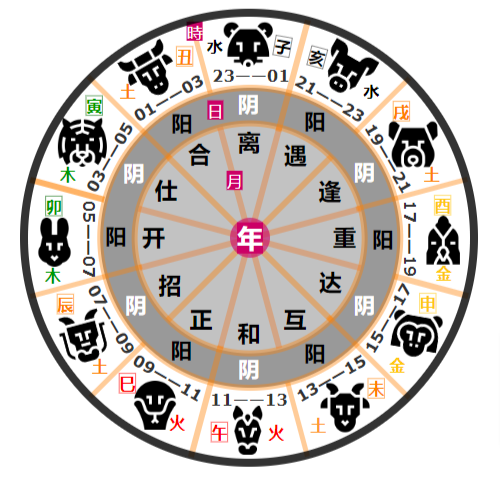Taoist clothing
Crown and clothing: a general term for the crown and robes that Taoists usually wear, as well as the clothes and robes they wear during fasting and offering ceremonies. The early Taoist regulations on crowns and clothing were very simple. Starting from Lu Xiujing of the Liu Song Dynasty in the Southern Dynasties, the crown and clothing system of Taoists tended to be strict, and the difference between crowns and clothing became more obvious. According to Volume 5 of "Dongxuan Lingbao Sandong Fengdao Kejie Yingsi" in the Southern and Northern Dynasties, the crowns and clothing of various types of Taoists were clearly stipulated. The book said: "Clothes are used to represent virtues and rituals. Taoist women's crowns and majesty must first participate in the law of wearing scriptures. Each must be in accordance with the law and must not be wrong. Violations will be counted as 3,600." The classification of Taoist crowns and clothing in "Sandong Fafu Kejie Wen" by Zhang Wanfu, a Taoist priest in the Tang Dynasty has become simplified and divided into six categories according to the sect.
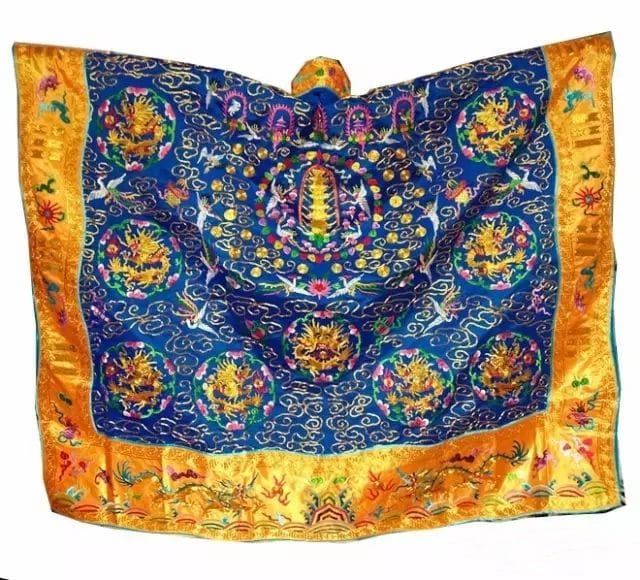
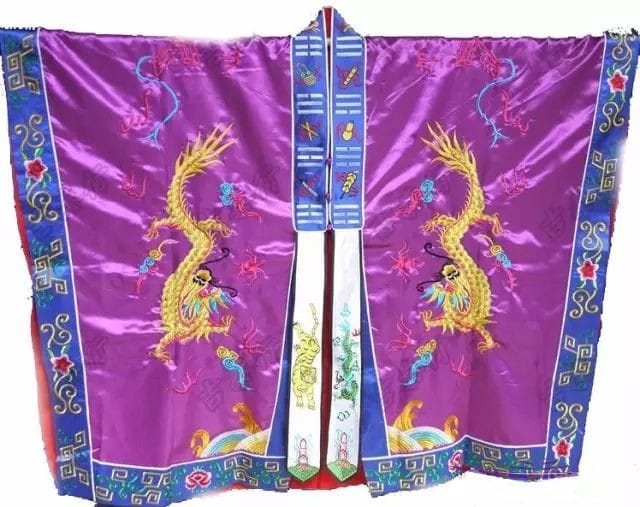
Fafu
Fafu: the name of the clothing worn by Taoist statues, high priests and masters in fasting and offering ceremonies. Taoist legal clothing originated from the clothing regulations of ancient sacrificial rituals, and is related to the changes in Taoist doctrines, thoughts and clothing over the times.
Taoist scarves
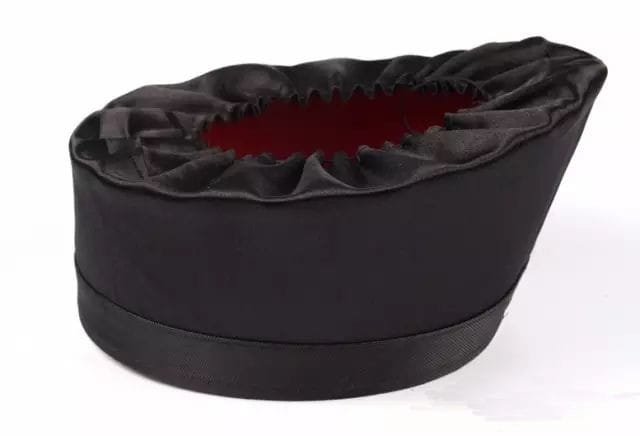
Hunyuan scarf: symbolizes Hunyuan Qi. It is made of black silk paste and is a round hat with a hard brim. There is a round hole in the middle of the top to reveal the hair bun. Now Quanzhen Taoists often wear this hat.
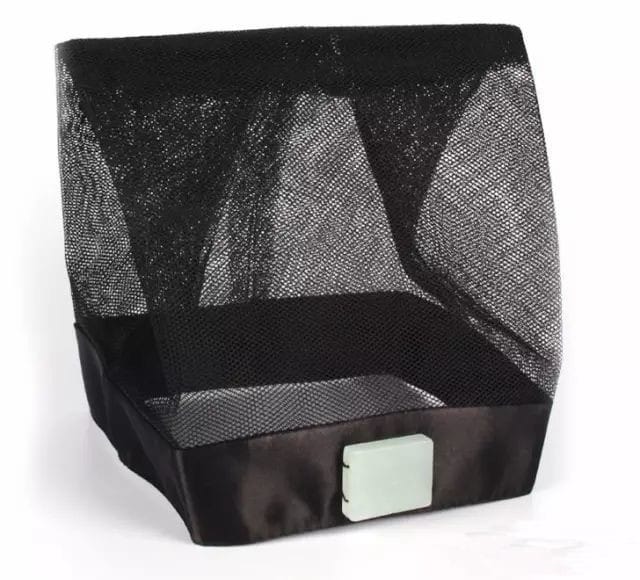
Zhuangzi scarf: symbolizes being free and unrestrained like Zhuangzi. Also known as Chonghe scarf, the scarf is square at the bottom and triangular at the top, shaped like a roof. The front of the hat is inlaid with white jade, and it is a straight hat, symbolizing upright character. Elderly Taoists often wear Zhuangzi scarf.
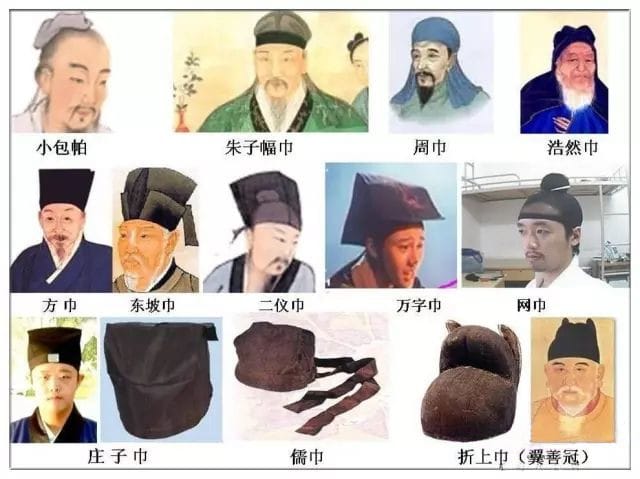
Chunyang scarf: The "Sancai Tuhui" of the Ming Dynasty said: "Chunyang scarf, also known as Letian scarf, has an inch of silk on the top, folded like bamboo slips, hanging behind. The one called Chunyang is named after the immortal, and Letian is named after the person."
Jiuliang scarf: similar to Chunyang scarf. The front top is flat and slanted like the tail, with nine folds and nine seams. Taoism regards nine as the number of extreme yang, the ultimate goal of all practice. Therefore, the Nine-beam Scarf also symbolizes the Taoists' yearning for the Great Dao.
Haoran Scarf: Min Yide, a Taoist priest in the Qing Dynasty, said in "Qinggui Xuanmiao": "Use Haoran on snowy nights." There is a record of snow scarf in Volume 6 of "Tianhuang Zhidao Taiqing Yuce" by Zhu Quan of the Ming Dynasty: "It is made of black silk and lined with swan skin. It is used to protect the brain on snowy days and severe cold days." It can be seen that Haoran Scarf is the snow scarf. This scarf symbolizes the Taoist's righteousness.
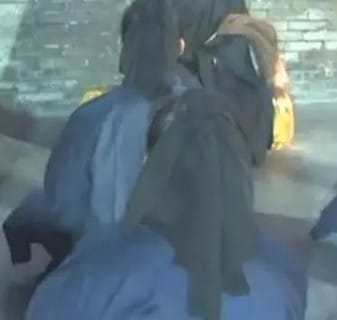
Xiaoyao Scarf: Also known as Lotus Leaf Scarf, this scarf is often worn by young Quanzhen Taoist priests. Use a large square scarf to wrap up the rolled hair, leaving two corners on the back. It flutters in the wind when walking, showing that the Taoist is free and easy.
Three Religions Scarf: It should have been sewn when Patriarch Wang Chongyang proposed the idea of the unity of the three religions. It reflects the inclusiveness of Taoism and the religious concept of advocating peace. Taoist priests can wear this scarf after receiving the Zhongji precepts.
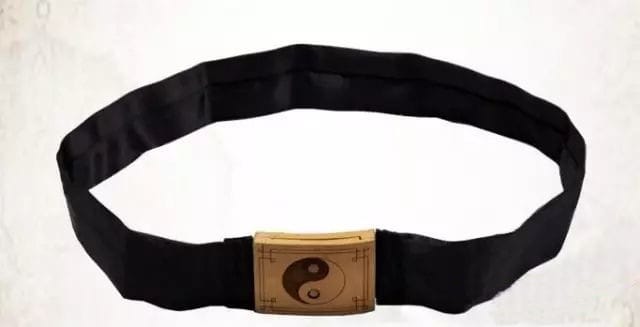
One-character scarf: Formerly known as a scarf, it is made of blue cloth and connected to the ends with Tai Chi Bagua buckles carved from high-quality wood. It is usually worn to fix the short hair on the edge of the head. The buckle of the scarf is a "Hunyuan circle", which spreads out into "one", which embodies the doctrine of "Tao produces one, one produces two, two produces three, and three produces all things".
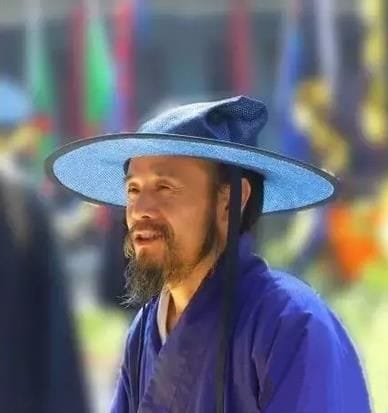
Sun scarf: It looks like a modern sun hat, mainly to block the summer sun. The difference is that the sun scarf is made of blue cloth. Because Quanzhen Taoists have to insert a hairpin after their hair is tied up, so they can wear it, the raised part in the middle is a triangle. This scarf is more commonly used in Hubei.
Taoist hats
Yellow hat: can only be worn by those who have received the Chuzhen precepts; Santai hat: can only be worn by those who have received the Zhongji precepts; Wuyue hat: in the shape of a bucket, engraved with the "True Shape of the Five Mountains", can only be worn by those who have received the Tianxian precepts; Wulao hat: in the shape of a lotus petal, with the images of the Five Elders embroidered in the middle, worn by high-level priests during the evening rituals for the salvation of the dead; Yuanshi hat: worn by Master Dongzhen, Master Taidong Faliang and Master Sandong Jiang; Furong hat: worn by Daluo Jinxian.
Taoist clothes
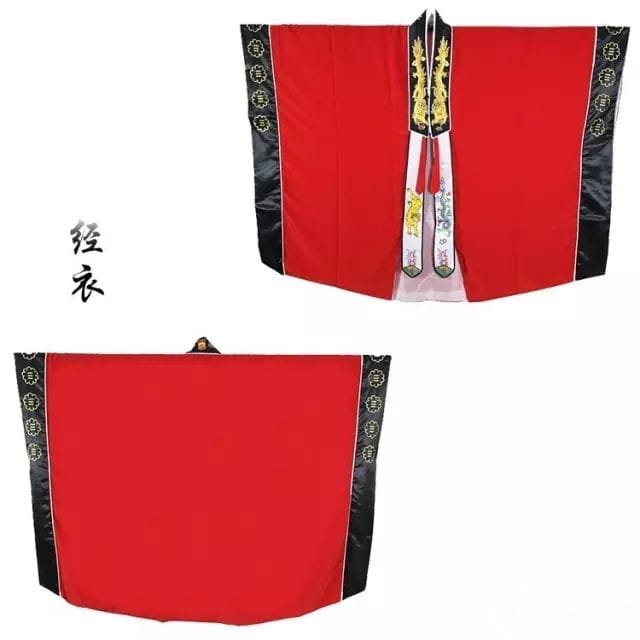
Rubber: a general term for the various clothes worn by high-level priests in Taoist rituals. Chanyi is a kind of robe worn by Taoists when they chant sutras and repent in rituals; Jiangyi is a kind of robe worn by high-level masters in large-scale fasting and offering ceremonies. It is lined with Haiqing when worn. Its sleeves are wide and hang down to the ground. When the arms are spread out, the sleeves and the body of the robe form a quadrangle. Both the sleeves and the body of the robe are embroidered with golden dragon patterns; Haiqing is worn by Taoists on a daily basis. It is a wide-sleeved Taoist robe made of blue cloth. Nowadays, in order to wear conveniently, white double-breasted and oblique-breasted Taoist robes are mostly worn in summer, and most of them are made of cotton silk.
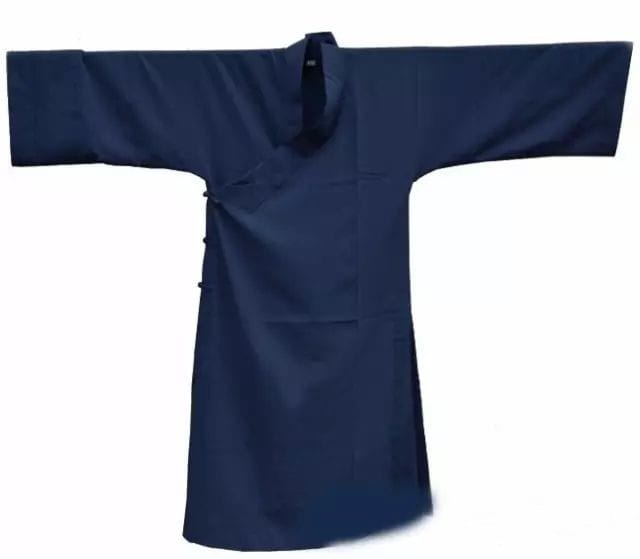
Cross-collared shirts - daily clothes, are made of blue cloth. In addition, Taoist costumes are basically cross-collared right-breasted (oblique-breasted) Hanfu styles, and the commonly used colors are white, black, and blue. There are large (long) gowns that are longer than the knees and small gowns that fit the body.
Buttoned double-breasted small coat - originated from the Qing Dynasty Ma Gua, does not belong to the Hanfu system, and generally has three colors: white, black, and blue. However, as one of the common clothes of Taoism, it is convenient to wear in daily life, but it is obviously rude to wear this kind of clothes in formal occasions.
Taoist shoes and socks
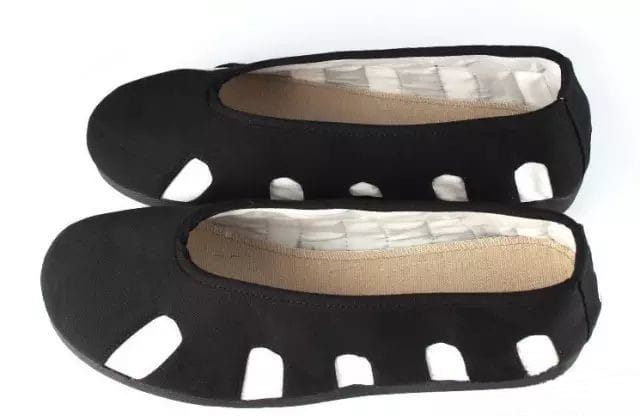
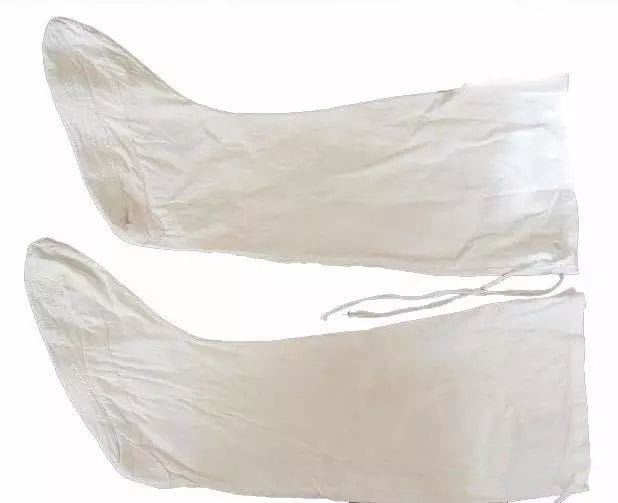
Taoists usually wear double-faced shoes or ten-sided shoes, which are made of blue cloth. There are holes cut on the edges of the shoes, and then the holes are sewn with white cloth or not sewn. They are mostly worn in summer. Put high white socks on the trouser legs and tie them up so that you can enter the temple to avoid body dirt falling on the ground.
Shoes used by high-level masters
Daoist boots: shoes worn by high-level masters during large-scale rituals, made of black high tops, white lacquer high thick hard soles; Cloud shoes, worn by high-level masters during large-scale rituals, made of colorful brocade shallow uppers, embroidered with cloud patterns, round heads with thick white soles, mostly used by high-level masters when stepping on the Gang Bu Dou.
